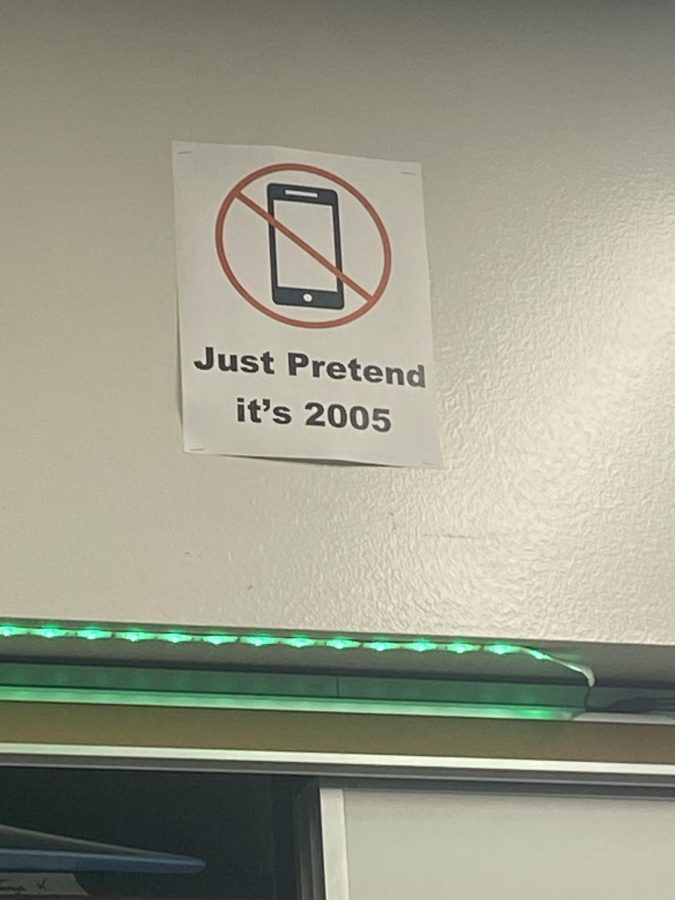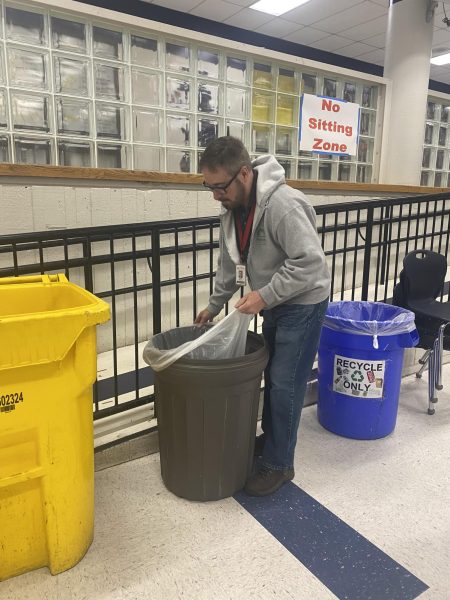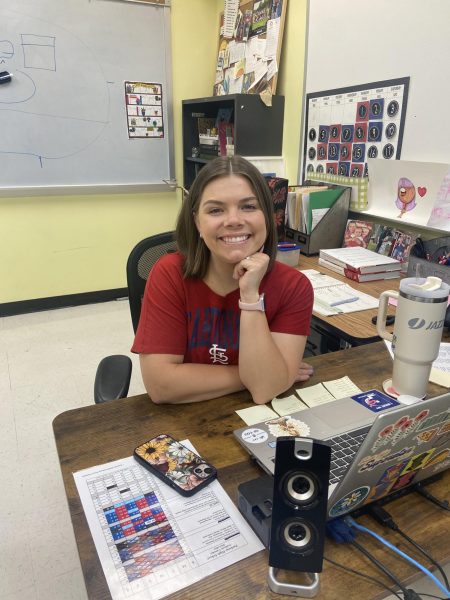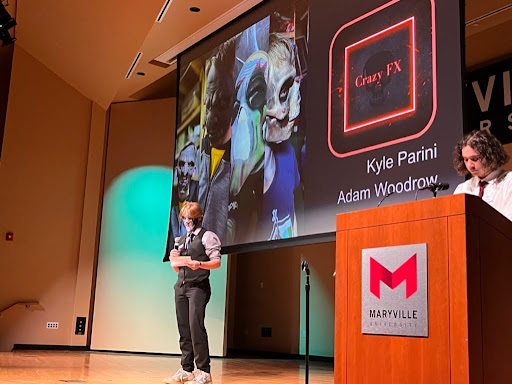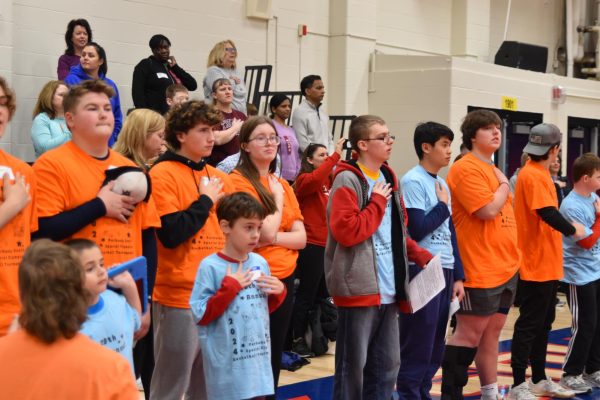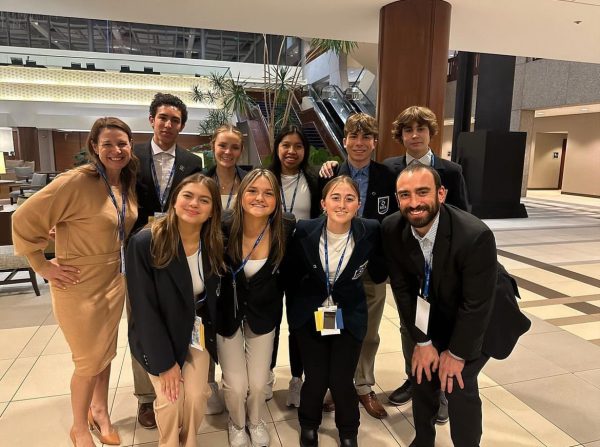Distraction Devices
South High institutes building-wide cell phone policy
A sign in Mr. Steele’s science classroom reminds students to stay off their phones.
6.648 billion people have cell phones, or about 83% of the world’s population.
In an effort to top student distractions, South High has developed a new building-wide cell phone policy starting this school year. South is enforcing these ideas by using a traffic light or also referred to as red light green light, this has become a controversial system among the students. The punishments for having a phone out will start with a warning, then a call home, and finally a referral to administration.
Science teacher Ryan Steele said he believes cell phones can definitely be a distraction to students.
“This is their time to be learning and if students are using their phones for just that then it would be different but most of the time this is not true so it’s just a distraction,” said Steele
Through his years here at South, Steele said he has seen first-hand the effects on those who don’t participate in class and just waste their time on their phones.
Junior Olivia Sinacore also gave her opinion on the new cell phone policy.
“Teachers realize that phones have a big part in the lives of students and they want learning to be the main focus and so this policy is supposed to help show everyone when it’s an appropriate time to use their phones and when it’s not,” she said
However, not all students are on board with the new policy. Junior Lorelei Pittman doesn’t find it effective.
“The initial idea of using a traffic light is simple and something everyone knows or understands but in all honesty, it isn’t effective because people just don’t care and if they want to be on their phone they are going to do just that.” Pittman said
With this new policy being in place, many new thoughts are starting to circulate, such as the integrity of our community along with the idea of fairness, according to students like Sinacore.
“This new policy will affect how honest students are in class because if they don’t want to follow the rules then they’re not going to. Kids will hide their phone in attempts to be on it in class because they know teachers can’t be watching all the time,” Sinacore said.
Sinacore mentions the idea that this cell phone policy will cause students to become more dishonest.
“Yes, we’re at work and none of us should be using our cell phones for personal reasons,” she said.
Talking about fairness and trying to maintain just that, Pittman, goes into detail about the toll this new policy can take on those who have been doing the right thing all along.
“No, I don’t believe this is fair to a vast majority of students who have never done anything to be talked to about putting their devices away during class. There are many people who can still learn and get everything they need done, but unfortunately, they have to apply it to everyone,” said Pittman
Sinacore believes when in Ac. Lab students should have the option to either find other work or be on their phones.
“During ac. lab some students might not have any work and so they have nothing to do so they want to go on their phone but the sign says they are in a red zone. Students then have to go out of their way to find other school-related work just so they can stay out of trouble or not get yelled at by the teacher,” Sinacore said.
On the other hand, Pittman feels teachers stopping class to take phones away is even more distracting than just letting the students have their phones.
“I have seen phone bins/crates and phone pockets on the walls. I have also experienced teachers abruptly stopping during lessons to tell someone to put their phone or headphones away even with this phone policy and that is more distracting than if we are allowed to have them in the first place,” Pittman said.
Steele said students may not like the new policy, but it’s what’s best for them.
“Students are being positively affected.. they might not like it, but it will and can help their education; it’s like eating Brussels sprouts and broccoli,” Steele said.
While there are some negatives to the new changes at South, there are also some positive things.
“It will help limit distractions and provide kids will a visual so they know when and where to use their phones,” Sinacore said.
These new changes can even help bring people together, Steele mentions.
“I think it will take some time but it can bring students together and be more face-to-face. There will also be less of the negative things that can happen online and overall it will be a good thing,” he said.

